Rising Demand for Contactless Payments
The Secure Digital Card Market is experiencing a notable surge in demand for contactless payment solutions. As consumers increasingly prefer the convenience and speed of contactless transactions, businesses are adapting to this trend. According to recent data, contactless payments are projected to account for over 30% of all card transactions by 2025. This shift is driven by the growing adoption of Near Field Communication (NFC) technology, which enables secure and swift transactions. Consequently, the Secure Digital Card Market is likely to witness significant growth as financial institutions and payment service providers invest in enhancing their contactless offerings. This trend not only caters to consumer preferences but also aligns with the broader movement towards digitalization in financial services.
Technological Advancements in Card Security
Technological innovations are playing a pivotal role in shaping the Secure Digital Card Market. Enhanced security features, such as biometric authentication and advanced encryption methods, are becoming increasingly prevalent. These advancements are essential in addressing the rising concerns regarding data breaches and fraud. For instance, the implementation of EMV chip technology has already reduced card-present fraud by approximately 76% in regions where it has been adopted. As technology continues to evolve, the Secure Digital Card Market is expected to benefit from the introduction of more sophisticated security measures, thereby fostering consumer trust and encouraging wider adoption of digital cards.
Growth of E-commerce and Online Transactions
The Secure Digital Card Market is significantly influenced by the rapid expansion of e-commerce and online transactions. With more consumers opting for online shopping, the demand for secure digital payment methods has escalated. Recent statistics indicate that e-commerce sales are projected to reach over 6 trillion dollars by 2024, further emphasizing the need for secure digital payment solutions. This trend compels businesses to integrate secure digital cards into their payment systems to ensure a seamless and secure shopping experience. As a result, the Secure Digital Card Market is likely to see increased investment from retailers and service providers aiming to enhance their digital payment capabilities.
Consumer Preference for Enhanced User Experience
The Secure Digital Card Market is witnessing a shift in consumer preferences towards enhanced user experiences. As digital natives become a larger segment of the population, their expectations for seamless and intuitive payment solutions are rising. Features such as instant card issuance, personalized rewards, and user-friendly interfaces are becoming essential for attracting and retaining customers. Market Research Future indicates that 70% of consumers are more likely to choose a payment method that offers a superior user experience. This trend compels financial institutions and service providers to innovate continuously, ensuring that their offerings align with consumer expectations. Consequently, the Secure Digital Card Market is poised for growth as companies strive to enhance user engagement and satisfaction.
Regulatory Support for Digital Payment Solutions
Regulatory frameworks are increasingly supporting the adoption of digital payment solutions, which is beneficial for the Secure Digital Card Market. Governments and financial authorities are implementing policies that promote the use of secure digital cards, aiming to enhance financial inclusion and reduce cash dependency. For example, initiatives encouraging the use of digital wallets and contactless payments are gaining traction in various regions. This regulatory support not only fosters innovation within the Secure Digital Card Market but also encourages consumers to embrace digital payment methods, thereby driving market growth. As regulations evolve, the Secure Digital Card Market is likely to adapt and thrive in this supportive environment.


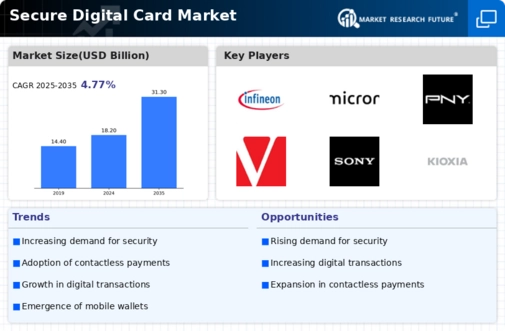
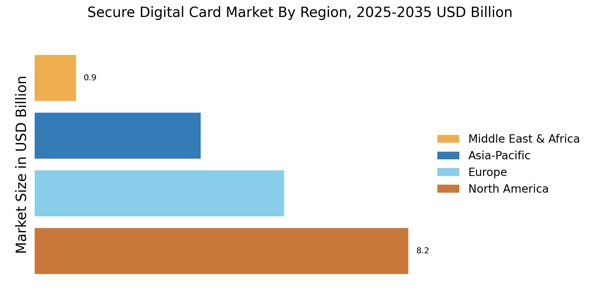

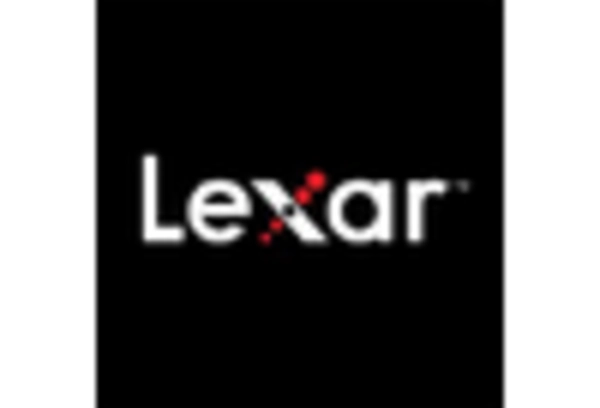


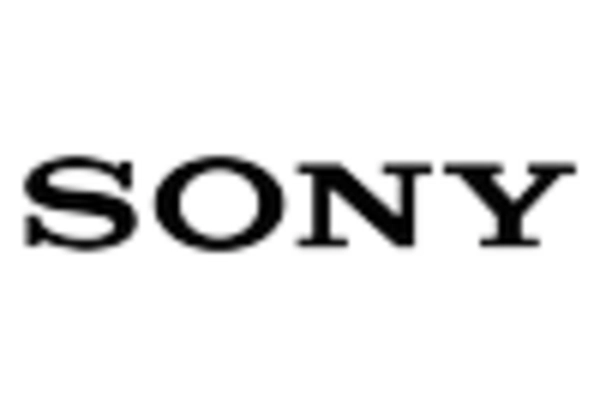
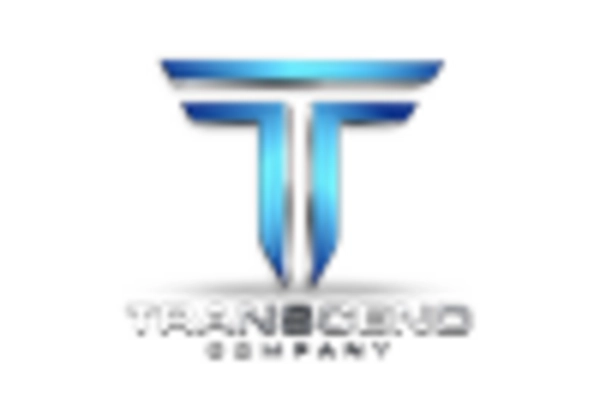








Leave a Comment